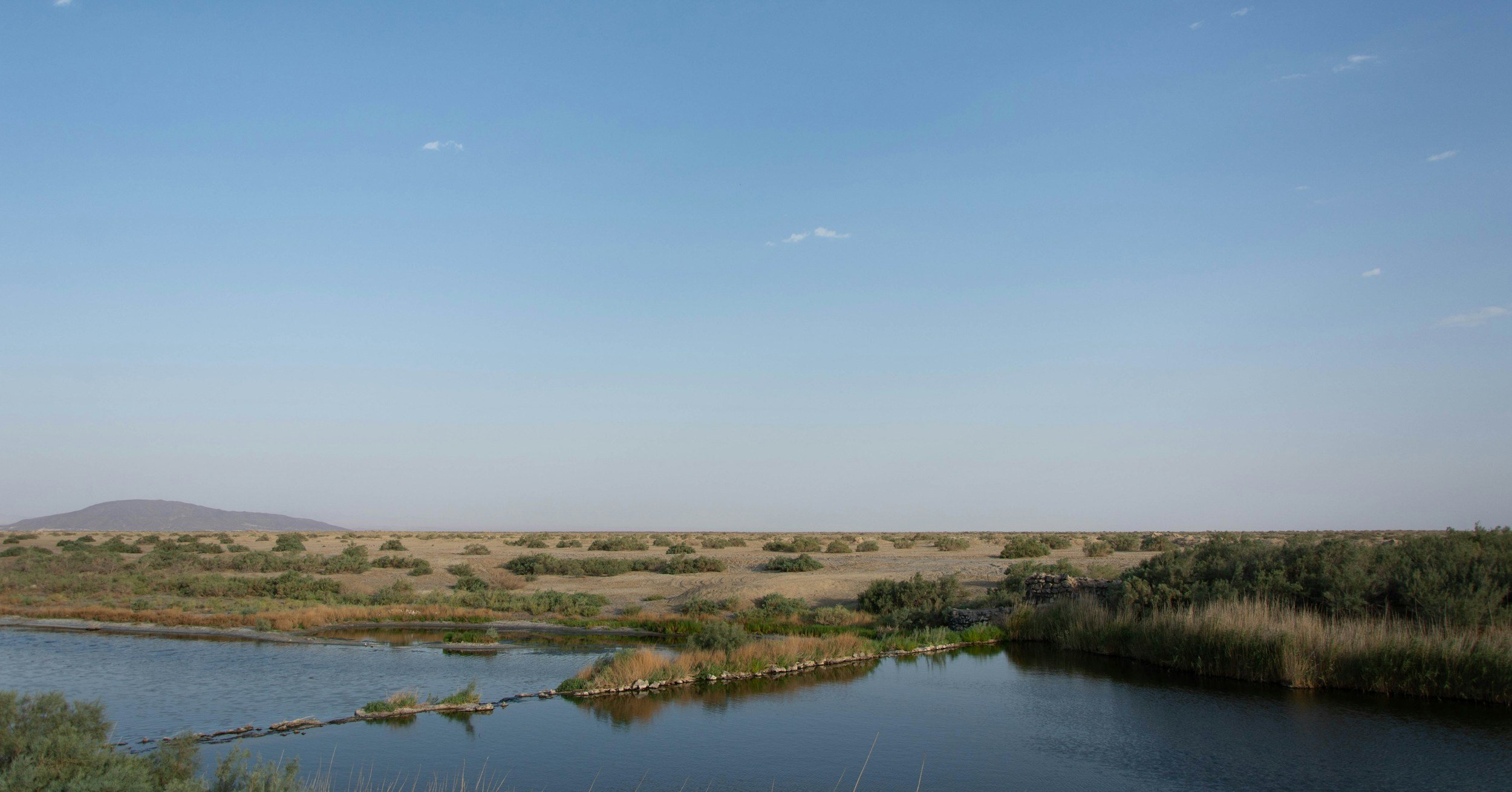
Advisory - Paludiculture on Drained Peatlands
Challenge
Degraded peatlands, especially those drained for agricultural use, are significant sources of greenhouse gas emissions, contributing to climate change. Revitalizing these peatlands by converting them back into managed, water-controlled wetlands offers a promising but underexplored strategy for reducing agricultural emissions and conserving soil carbon. Additionally, while responsible agricultural practices present a viable alternative to complete conservation and restoration, their long-term effectiveness in reducing emissions and maintaining ecosystem services remains uncertain.
Approach
Our approach focused on evaluating various strategies for managing degraded peatlands to mitigate climate change. This included:
Assessment of Greenhouse Gas Emissions: We analyzed emissions from different land uses on drained peat soils, including cropland, grassland, and woodland, to understand the impact of agricultural practices on carbon loss.
Evaluation of Sustainable Farming Practices: We investigated the potential of regenerative agricultural practices such as zero-tillage, intercropping, cover cropping, and livestock integration. These practices, though beneficial on mineral soils, have uncertain impacts on peat soils, particularly concerning their ability to reduce greenhouse gas emissions and prevent further degradation.
Exploration of Paludiculture: We explored paludiculture, an emerging practice of farming wetland-adapted species on re-wetted peatlands, as a means of sustaining farmer livelihoods while reducing emissions.
Impact of Water Management: We studied the effect of raising water tables on peatland emissions, acknowledging the potential for reduced CO2 emissions but also the risk of increased methane (CH4) emissions.
Insights
Our analysis highlighted several critical insights:
Emission Variability: Greenhouse gas emissions from peat soils vary significantly depending on land use, with drained croplands emitting the most CO2. Grasslands and woodlands emit less, but the impact of these emissions still contributes substantially to climate change.
Uncertain Benefits of Sustainable Practices: Regenerative farming practices, while promising on mineral soils, show limited potential for reducing emissions on peatlands. For example, zero-tillage combined with seasonal water table adjustments only modestly reduces emissions, and the long-term effects of practices like cover cropping are still uncertain.
Potential of Paludiculture: Paludiculture presents a promising alternative for managing peatlands, especially in temperate regions like the UK, where it could lead to significant emission reductions. However, its application in tropical regions is less understood, and further research is needed to evaluate its long-term sustainability.
Importance of Water Management: Raising water tables emerged as the most effective strategy for reducing CO2 emissions from peatlands. However, this must be carefully managed to avoid increasing methane emissions, which could offset the benefits.
Recommended Actions
Based on our findings, we recommend the following actions to optimize peatland management for climate mitigation:
Promote Paludiculture: Encourage the adoption of paludiculture in appropriate regions as a sustainable way to utilize peatlands while reducing emissions and supporting local economies.
Implement Water Table Management: Raise and maintain water tables in drained peatlands to reduce CO2 emissions. This should be accompanied by careful monitoring to manage the potential increase in methane emissions.
Targeted Research on Sustainable Practices: Invest in research to better understand the impact of regenerative agricultural practices on peat soils. This includes studying long-term effects on carbon sequestration, greenhouse gas emissions, and overall ecosystem health.
Policy Development and Incentives: Develop policies that incentivize the conservation and responsible management of peatlands. This could include subsidies for farmers who adopt sustainable practices, as well as stricter regulations on activities that drain peatlands.
